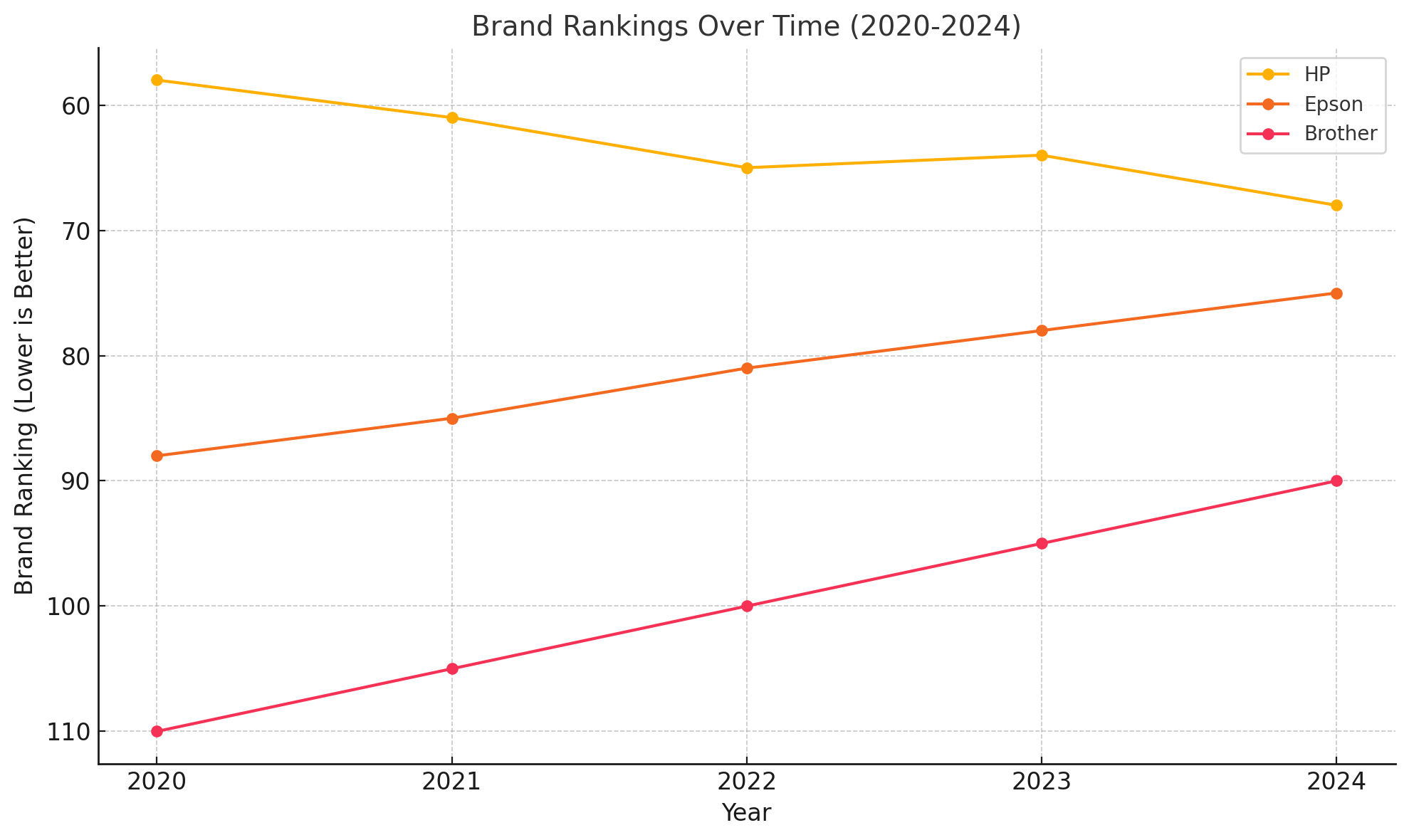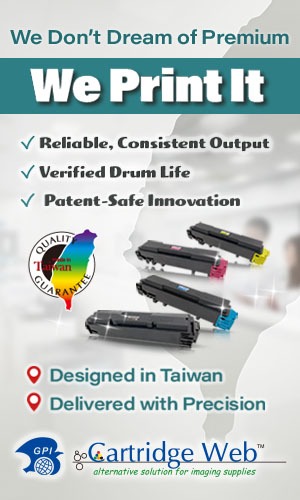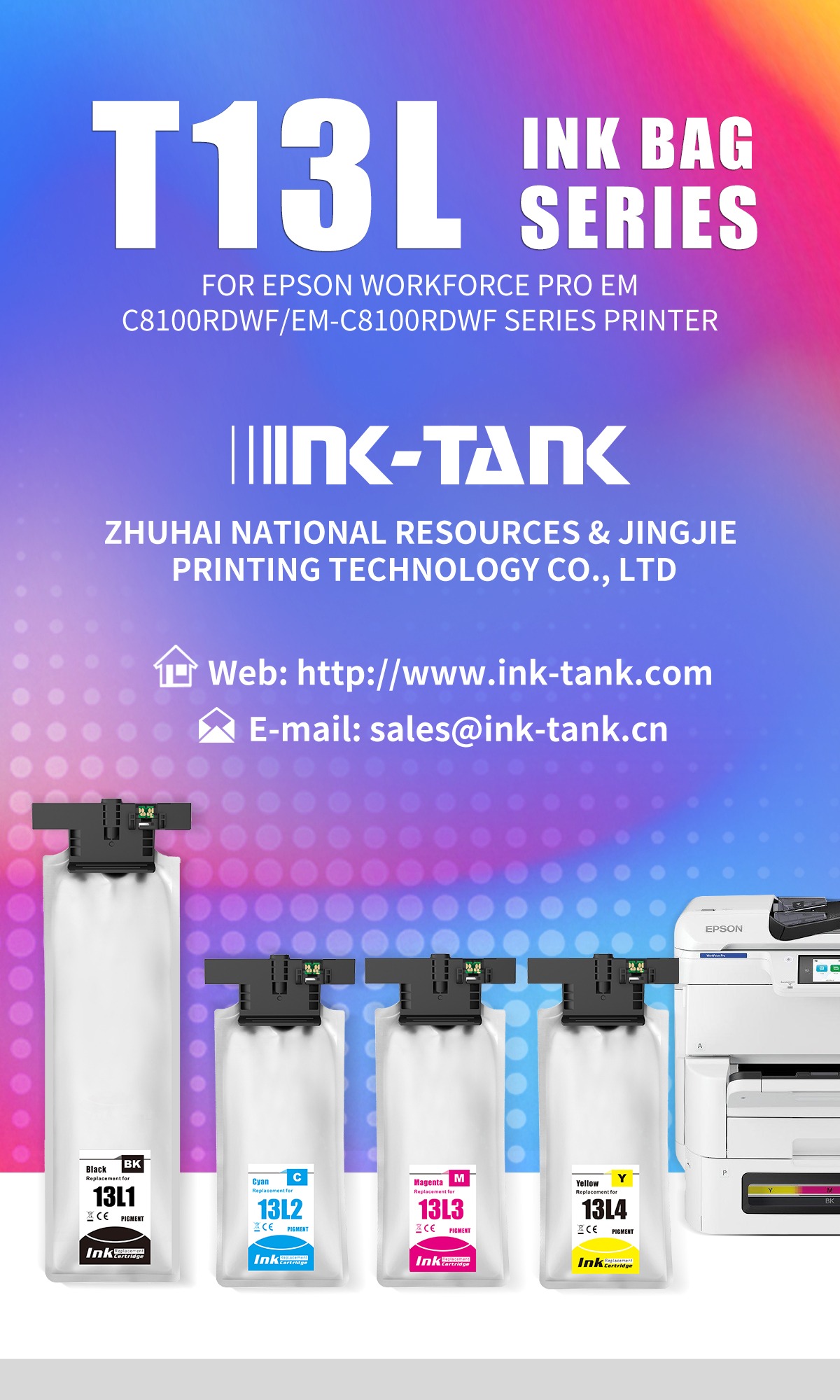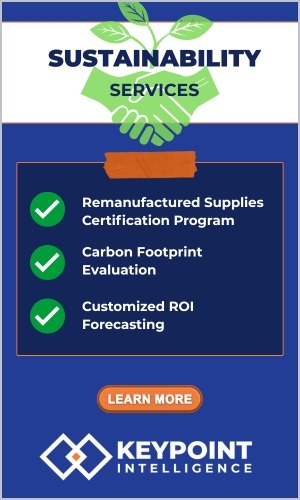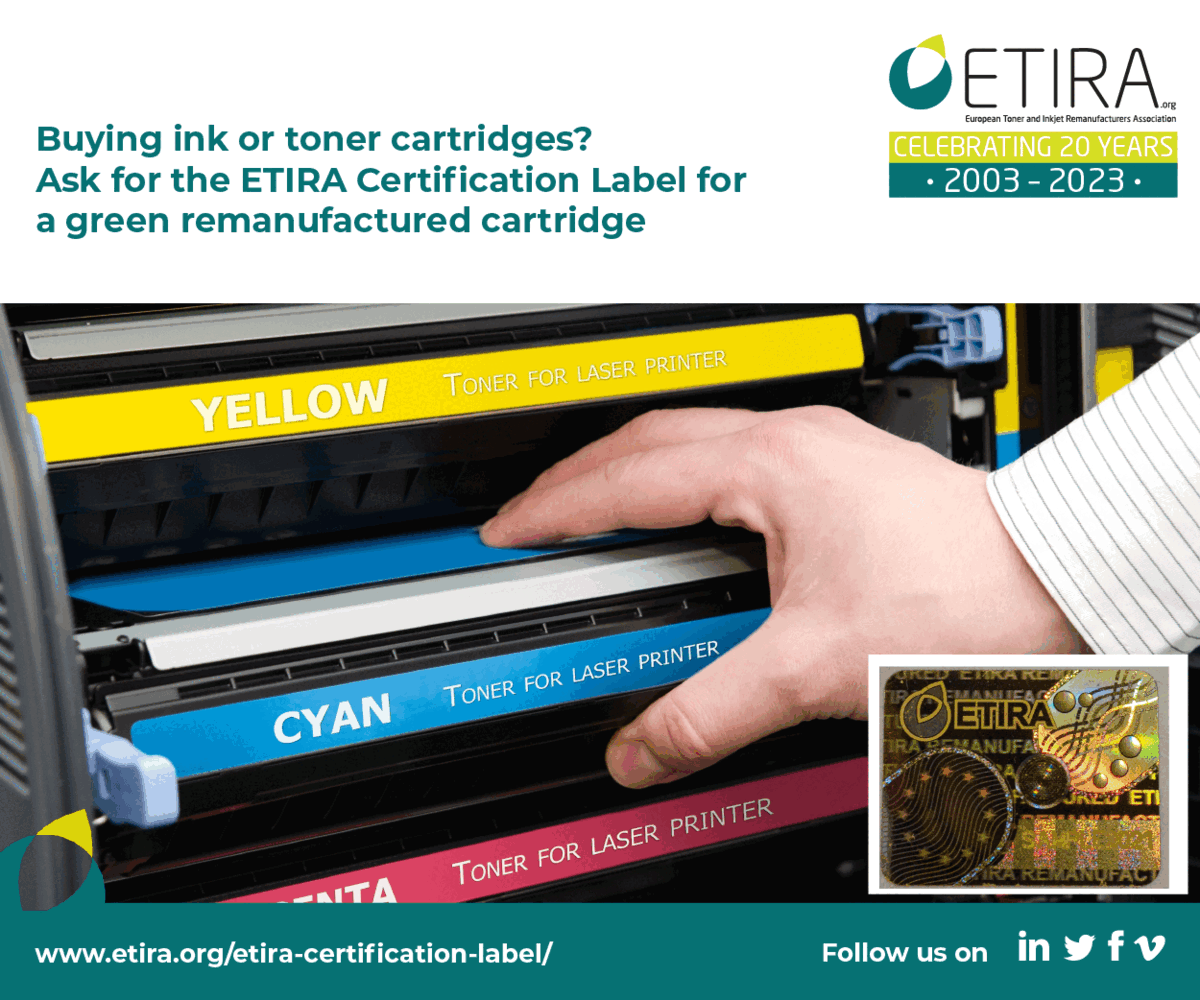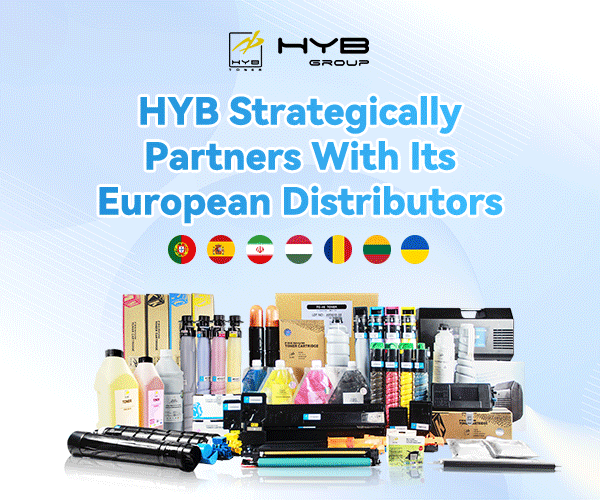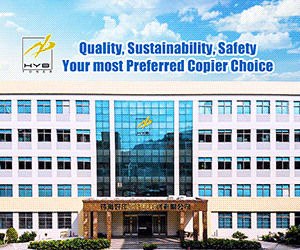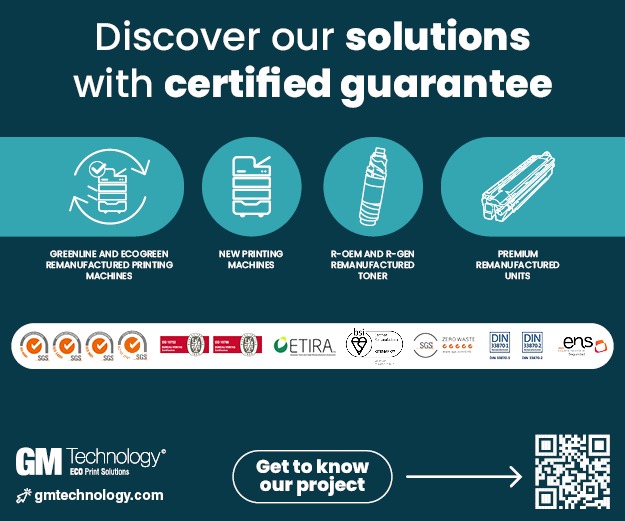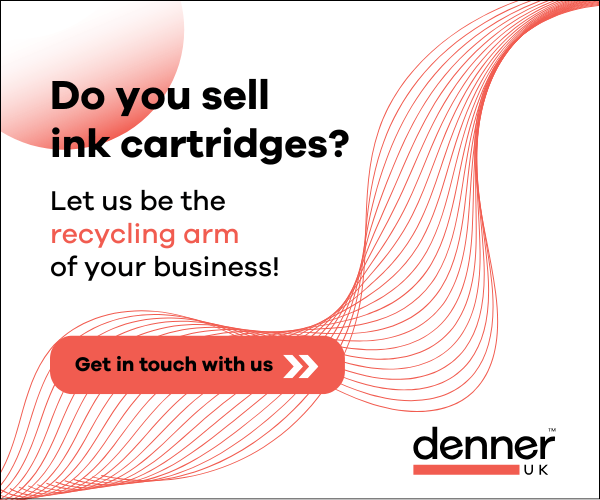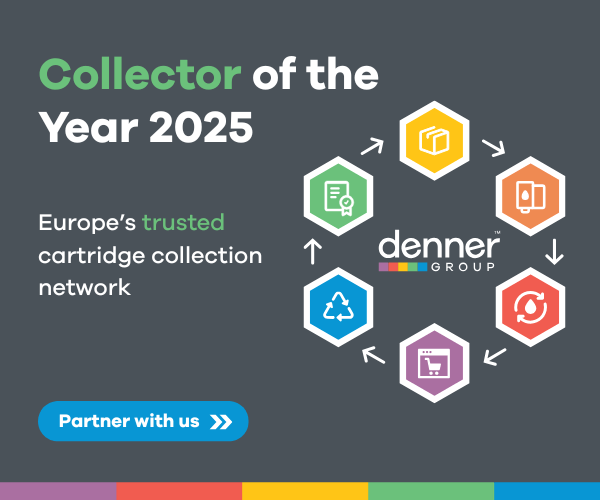Once a dominant force in printing and personal systems, HP faces a daunting future. With falling brand equity, increasing competition, and a lack of visionary strategy, its prospects for 2025 and beyond look increasingly bleak.
In 2022, Warren Buffett acquired an 11% stake in HP Inc., signalling confidence in the company’s future. Yet, less than two years later, Buffett exited, cutting his losses and underscoring the decline of a brand once synonymous with reliability and innovation. Recent fiscal performance reflects HP’s challenges, with revenues for FY2024 declining to $52 billion, a 7% drop from the prior year, driven by shrinking demand in the printing segment and a sluggish recovery in personal systems. The company’s operating margin has also faced pressure, narrowing to 7%, as it struggles to balance rising costs with dwindling volumes. HP now faces a stark reality: waning consumer trust, falling brand equity, and increasing competition from rivals like Epson and Brother, whose steady ascension poses an existential threat.
HP’s fall from grace reflects more than the challenges of a declining print market. Once synonymous with innovation and reliability, the company now finds itself overtaken by competitors like Epson, Brother, and Xerox, whose bold strategies have stolen HP’s thunder. With diminishing brand value and waning trust among both consumers and partners, HP’s position in the OEM hierarchy appears perilously weak as it approaches 2025.
The fall of a titan
HP’s position as a dominant force in printing and personal systems was once unassailable. Yet, the company’s reputation has steadily eroded over the past decade. According to Interbrand, HP’s global ranking has slipped from 58th in 2020 to 68th in 2024, while Brand Finance’s Global 500 reflects an even starker decline, from 201st in 2020 to 249th in 2024.
In contrast, competitors like Epson and Brother have risen in prominence. Epson climbed from 88th to 75th, leveraging its innovative EcoTank printers, eliminating the need for costly cartridges and appealing to environmentally conscious consumers. Brother, long considered a reliable but unexciting player, has successfully marketed its durability and genuine sustainability efforts, rising from 110th to 90th. Meanwhile, HP remains mired in outdated strategies, and its brand equity is fading with each year.
The Epson and Brother effect
The rise of Epson and Brother signals a broader shift in the industry. Consumers now prioritise affordability, sustainability, and transparency—qualities these brands have embraced. Epson’s EcoTank has transformed the home and office printing market, offering refillable ink systems that reduce costs and waste. Brother’s approach is simpler but no less effective: reliable, long-lasting products supported by authentic recycling programmes.
In contrast, HP has alienated its customer base through restrictive firmware updates and high-margin consumables. Programmes like Instant Ink, designed to lock consumers into subscription models, have faced backlash for being inflexible and overpriced. Meanwhile, HP’s failure to innovate in areas like refillable systems or modular design has allowed rivals to steal market share.
Amplify: Restricting Partners, Alienating Consumers
HP’s Amplify Partner Program, launched in 2020, was meant to streamline partner relationships and foster growth. However, its rigid policies have sparked widespread discontent. Amplify’s mandate requiring partners to sell only HP’s proprietary products effectively bans the sale of remanufactured or third-party consumables. This not only stifles competition but also limits customer choice.
Critics argue that Amplify prioritises short-term profitability over long-term trust. “The programme forces dealers to sacrifice their independence,” one industry observer noted. “It’s a policy that benefits HP in the short term but damages relationships and erodes loyalty.”
HP’s restrictive practices have also attracted regulatory scrutiny. In March 2023, a Dutch court rejected a damages claim against HP over its 2016 firmware update that rendered non-HP cartridges inoperable. While the company avoided penalties, the case underscored the reputational risks of anti-competitive behaviour.
The Xerox and Lexmark lesson
HP’s struggles stand in stark contrast to Xerox’s resurgence under Carl Icahn. Through aggressive cost-cutting and the introduction of its Everyday range, Xerox has disrupted the market by blending remanufactured and new-built cartridges, appealing to both price-sensitive and sustainability-conscious customers. This hybrid strategy has reinvigorated Xerox’s relevance, offering a roadmap HP could follow.
Lexmark, meanwhile, serves as a cautionary tale. Once a leader in laser printing, its failure to innovate left it vulnerable to acquisition by Xerox. Its decline is a stark warning to HP: without bold action, it risks a similar fate.
SecuReuse: A promising but delayed solution
HP’s delayed SecuReuse programme, set to launch in 2026, aims to enable the remanufacturing of genuine HP cartridges. While promising, its late arrival highlights HP’s reactive rather than proactive approach to sustainability. By the time SecuReuse rolls out, rivals like Epson and Brother will have further entrenched their positions as leaders in environmentally friendly printing.
SecuReuse could serve as the backbone for a broader transformation if expanded globally. A robust network of collection, remanufacturing, and servicing hubs would enable HP to transition to a circular economy model, addressing both environmental concerns and customer demands for affordability. Yet, the delay in implementation leaves a question mark over whether HP can seize this opportunity in time.
Can HP embrace the Miele effect?
The Miele effect, named after the German appliance manufacturer, offers a blueprint for HP’s revival. By focusing on durability, sustainability, and customer-centricity, Miele has built a loyal following and maintained its premium status despite operating in a highly competitive market. For HP, adopting these principles would require significant operational and cultural shifts.
- Durability as a differentiator
HP could re-engineer its products for longevity, offering extended warranties and guarantees on parts availability for 15+ years. This approach would reduce waste and rebuild trust among consumers seeking long-term value.
- Fewer, better products
Streamlining its product lines to focus on high-quality flagship models would simplify operations and reinforce HP’s commitment to excellence.
- Transparent sustainability
HP must go beyond vague environmental claims. Publishing detailed lifecycle impact data and adopting genuinely sustainable practices would resonate with eco-conscious consumers.
The talent within HP
Despite its challenges, HP retains a wealth of talent across its engineering, sustainability, and customer service teams. These individuals have the expertise to drive innovation, from designing modular, repairable devices to implementing circular economy principles. However, their potential remains constrained by a corporate strategy focused on short-term profits.
Empowering its workforce with the freedom to innovate could unlock new avenues for growth. HP’s engineers could lead the industry in creating durable, sustainable products, while its sustainability advocates could pioneer impactful programmes like SecuReuse.
Challenges on the road ahead
The path to recovery will not be easy. HP faces several obstacles:
- Cultural resistance: Moving from a high-margin, transactional model to one focused on long-term relationships and sustainability will challenge entrenched corporate practices.
- Financial investment: Scaling initiatives like SecuReuse globally will require significant upfront capital.
- Market re-education: Convincing consumers to prioritise durability and sustainability over price will take time.
A pessimistic outlook for 2025 and beyond
Without decisive action, HP’s decline seems likely to accelerate. Its restrictive policies, delayed sustainability initiatives, and failure to adapt to market trends leave it vulnerable to further brand value and market share erosion. By 2025, HP risks slipping further down the OEM hierarchy, eclipsed by competitors who have better anticipated and responded to consumer demands.
The rise of Epson, Brother, and Xerox reflects a shift in the industry towards transparency, affordability, and sustainability. If HP cannot align itself with these values, it may find itself relegated to irrelevance—a shadow of the industry giant it once was.
For HP, the time for half-measures has passed. Bold strategies like expanding SecuReuse globally, embracing the Miele Effect, and empowering its workforce represent its best chance for recovery. Yet, the clock is ticking, and its competitors are not standing still.
The choice is stark: adapt boldly or fade into obscurity. The stakes could not be higher for a company that once led the world in printing innovation.


